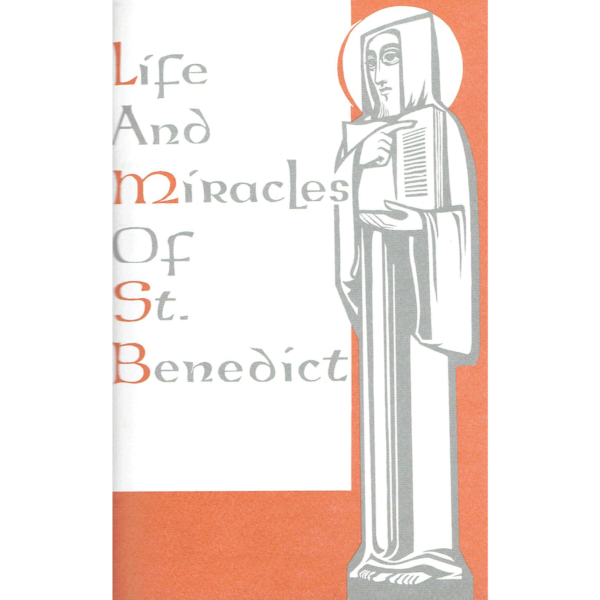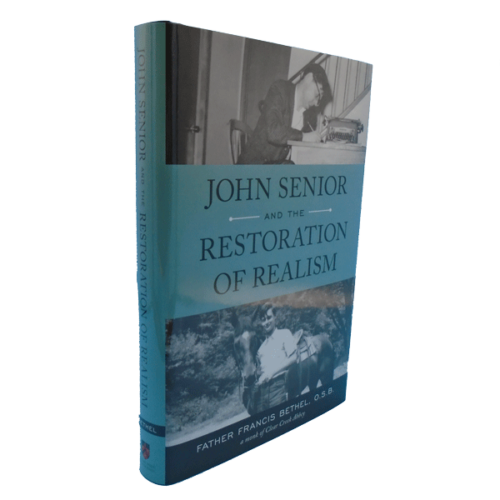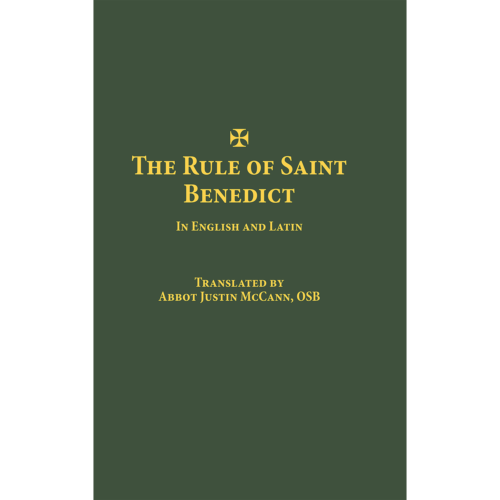$15.00
- Life and Miracles of St. Benedict
(Book Two of the Dialogues)
by Pope St. Gregory the Great - Republication of the 594 A.D. original, translated into English, with a complete Introduction, detailed footnotes and bibliography, and a helpful index.
- 102 pages, 3.75 x 6 inches, paperback booklet
26 in stock
Description
Life and Miracles of St. Benedict
(Book Two of the Dialogues)
by Pope St. Gregory the Great
Republication of the 594 A.D. original, translated into English, with a complete Introduction, detailed footnotes and bibliography, and a helpful index.
102 pages, 3.75 x 6 inches, paperback booklet
From the Introduction:
There are four books in the Dialogues of St. Gregory the Great (+604)… The entire second book is devoted to the Life and Miracles of St. Benedict – an emphasis readily understood in the light of the author’s background and career.
When he was about thirty-five years old, St. Gregory resigned from the high political office he held as Prefect of Rome to enter the religious life. He founded six monasteries on his estates in Sicily and turned his own home on the Caelian Hill in Rome into the Monastery of St. Andrew. Then, after distributing the rest of his wealth among the poor, he entered St. Andrew’s as an ordinary monk and lived there under the Rule of St. Benedict, which he was later to praise for its discretion (ch.36)… [After later becoming Pope around 590,] he continued to foster Benedictine monasticism, most notably in sending St. Augustine and his monks as missionaries to England and in writing the Life and Miracles of St. Benedict. From the time it was first published (594) this ‘biography of the greatest monk, written by the greatest Pope, himself also a monk’ – as Thomas Hodgkin terms it – enjoyed wide popularity and contributed greatly toward making St. Benedict one of the most venerated figures in Christendom for centuries… apart from the Rule, it is the only historical source we have for the life and character of the Patriarch of Western Monks.
…[The Life and Miracles] appeared within fifty years of St. Benedict’s death [+547], and the author was not only very familiar with Subiaco and Monte Cassino, where the saint had spent most of his life, but had also been in personal contact with his disciples. ‘I was unable to learn about all his miraculous deeds,’ he explains in the preface ‘But the few that I am going to relate I know from the lips of four of his own disciples,’ whom he goes on to name and describe. Some further details were obtained from Exhilaratus, a monk of St. Gregory’s own Monastery of St. Andrew (ch.18), from a ‘distinguished Anthony’ (ch.26) and from St. Benedict’s disciple Peregrinus (ch.27). These men had all been close to the events they reported and were undoubtedly eyewitnesses to many of them.







